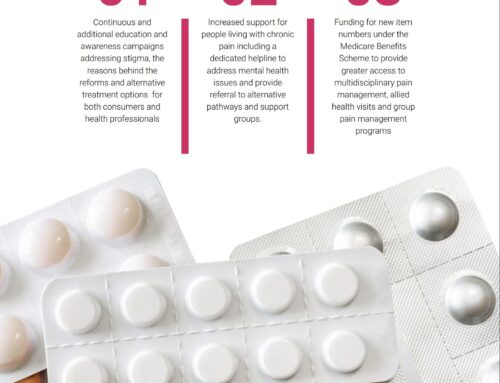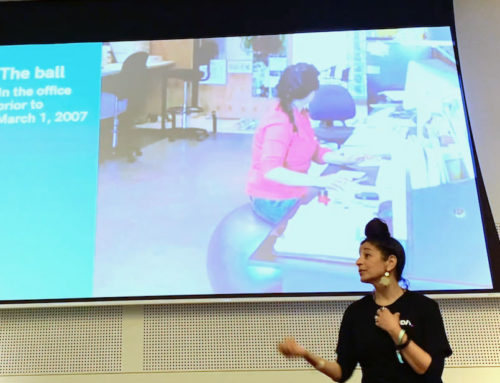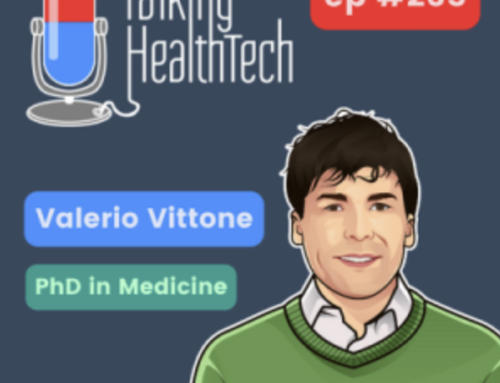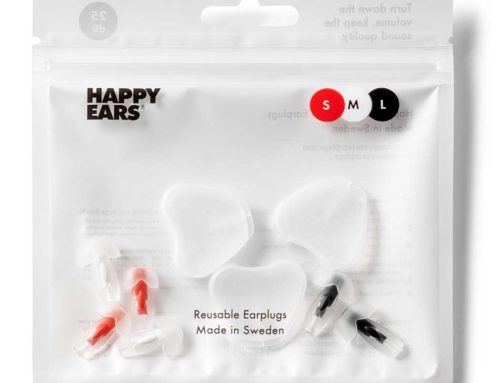DIMs SIMs
Ever since Explain Pain emerged in 2003, Lorimer Moseley and I have been asked by clinicians for a “simpler version… for patients”. We actually wrote something in 2005 but we resisted publishing this “short version” for a number of reasons – the data showed that people, even without medical training could get it – the material in “Explain Pain” wasn’t too hard or complicated, rather most clinicians underestimated their patient’s ability to learn about, and understand their pain. Additionally, and also important, the material was changing rapidly and so too were delivery modes. Remember YouTube only started in 2005.
Since Explain Pain, many clinicians have written their own short manuals – some are excellent, some are scary, others are plain wrong and many defy basic multimedia principles. We’ve noted that some, including published books and manuals, closely resemble the structure, text, ideas and style of Explain Pain, so much so that Lorimer and I can hear ourselves speaking when we read them!
Introducing The Explain Pain Handbook: Protectometer
The time seems right for the Explain Pain Handbook: Protectometer with its novel concepts of ‘DIMs’, ‘SIMs’ and the ‘Protectometer’. The Explain Pain Handbook: Protectometer is a short, interactive handbook for people experiencing pain. It was harder to write than any thesis or longer book than we’ve ever done, but hopefully we have it right.
Current thinking about pain allows this statement:
We will experience pain when our credible evidence of danger related to our body is greater than our credible evidence of safety related to our body. Equally we won’t have pain when our credible evidence of safety is greater than our credible evidence of danger (Moseley and Butler 2015, pp14).
There is such power in this simple statement. Lorimer is fond of saying that “it is as simple… and complicated as that”. There is a lot of danger ‘out there’ and it emerges from many domains. An example might be contained in an X-Ray report or what someone says or what you believe or hear on the news. There is a lot of safety out there too – such as accurate and up to date knowledge, having goals, help from a good health practitioner or being aware that someone loves you.
DIMs and SIMs
We call the dangers out there DIMs – Danger In Me, and the safety out there SIMs – Safety In Me. Each DIM or SIM must comprise distributed, context variable, neuroimmune circuitry in the brain – a unique ‘neurotag’ to use the language from Explain Pain.
We think that DIMs and SIMs can be organised into seven varieties…

Check out the examples above (and ponder some of your own). Note that there are things that are listed as both DIMs and SIMs? This is a reminder of the power of context. If your inflamed appendix has perforated, a hospital might be a very powerful SIM. If on the other hand, the hospital was where a previous surgery went wrong, the hospital might be one very big DIM. Similarly, a hot, red, swollen ankle an hour after ‘twisting’ is probably a DIM to most, but with the knowledge of the powerful self-healing properties of body tissues, the importance of inflammation and the likely timeframe to recovery, this DIM could become a SIM. Already there are signs pointing to potent interventions here, in particular, education.
DIMs, SIMs, The Protectometer and Pain
DIMs and SIMs are what ‘drive’ the Protectometer; the brand new pain education and treatment device in every Explain Pain Handbook – see the image below.

As credible for evidence for danger increases, i.e. DIMs increase in number or ‘power’, the indicator moves up. As credible for safety increases (more or more powerful SIMs) the indicator moves down. In the Handbook, we expand on the Protectometer a whole lot further – the top third of the Protectometer has the 0-10 pain scale that indicates that at a certain level of danger, an individual will start to construct a pain experience. The pain scale also demonstrates how increasing danger, adding DIMs from any category, can further increase pain, and we zoom in on the ‘alert zone’ – that area between ‘0’ and ‘1’ on the pain scale where even a small DIM might ‘tip’ someone into pain.
The power of the Protectometer
Using the Protectometer allows an individual (and their clinician) to map out all the many things – DIMs and SIMs – that collectively influence their pain experience. The therapy that flows on from this sounds simple – remove DIMs, and find and enhance SIMs. But “DIMs and SIMs can hide in hard to find places” – some deep self-reflection might be required. At the heart of the Protectometer is a subtle, but potent treatment effect – the possibility of a deep understanding and complete reconceptualisation of pain with potential for life long benefit.
The Protectometer is only half way through the Handbook – there is so much more packed in; a look at protective systems other than pain, such as the immune, motor, thinking and language systems. There is also the hope that bioplasticity brings, and treatment strategies that cover goal setting, moving smart, getting active, graded activity, unleashing happy hormones from the drug cabinet in the brain and cleaning up language. But they’re all for another noinote!
What is interesting is how quickly and easily the DIM SIM terms have caught on – I guess it is the food connotation perhaps hinting at the unknown ingredients within.
David Butler and Tim Cocks
noigroup.com
protectometer.com













Leave A Comment